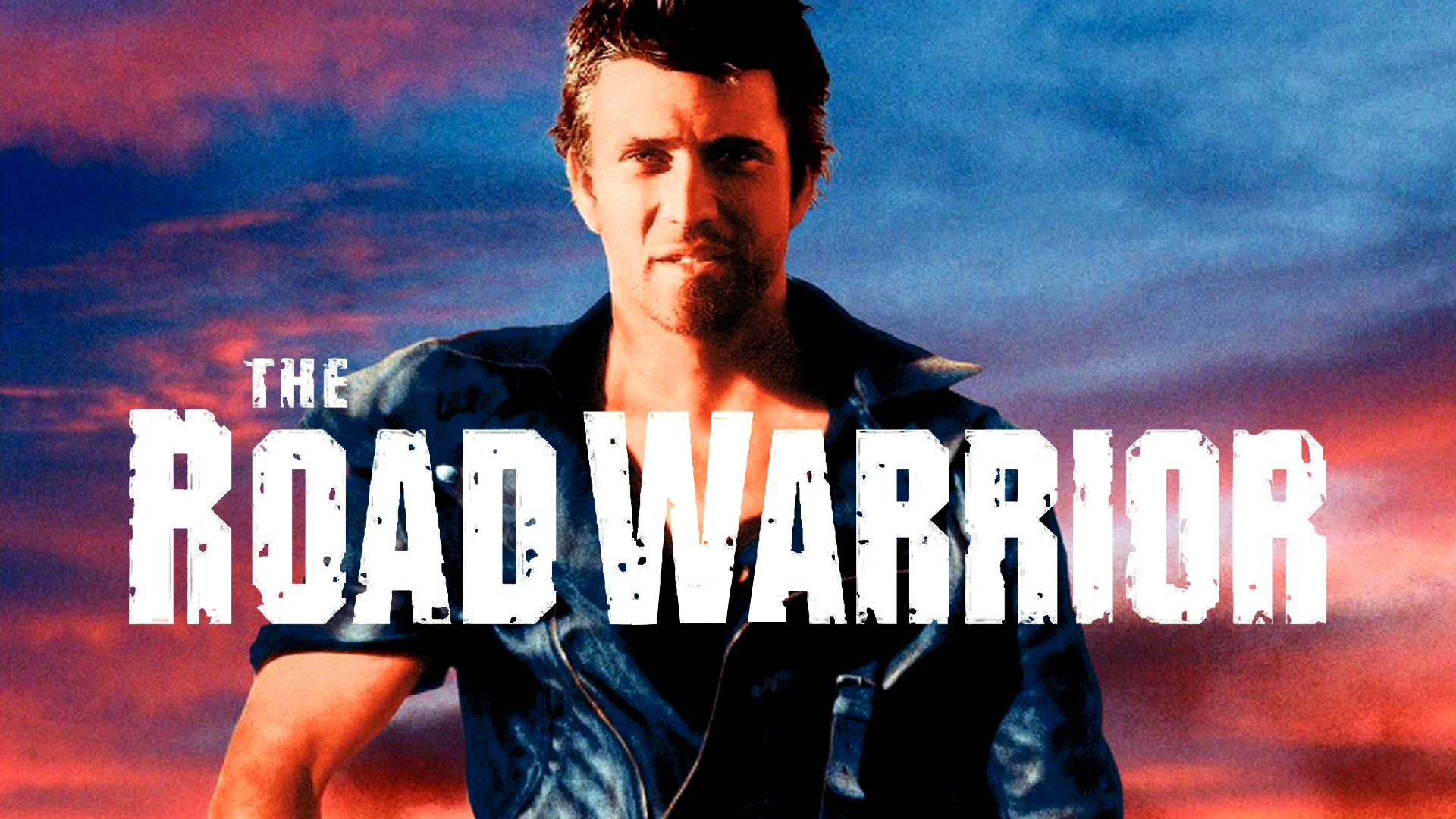
The Road Warrior is a classic action film that has captivated audiences since its release in 1981. Directed by George Miller, this Australian post-apocalyptic movie is the second installment in the Mad Max film series. Starring Mel Gibson as the iconic protagonist, “Mad” Max Rockatansky, The Road Warrior is known for its thrilling car chases, intense action sequences, and gritty dystopian setting. In this article, we will delve into 39 fascinating facts about The Road Warrior, shedding light on behind-the-scenes stories, production details, and interesting trivia that film enthusiasts and Mad Max fans alike will surely appreciate. So buckle up and join us on this exhilarating ride through the world of The Road Warrior, where survival is paramount and the pursuit of gasoline makes for a heart-pounding adventure.
Key Takeaways:
- “The Road Warrior” is a 1981 movie that became a cult classic and influenced many other films with its intense action and gritty post-apocalyptic setting. It showcased practical effects and thrilling chase scenes, setting a new standard for action movies without relying on CGI.
- Mel Gibson’s portrayal of Max Rockatansky in “The Road Warrior” catapulted him to international fame. The movie’s success led to a surge in popularity for post-apocalyptic films and influenced the action genre for years to come.
The Road Warrior, also known as Mad Max 2, was released in 1981.
This post-apocalyptic action film, directed by George Miller, is the second installment in the Mad Max series.
Mel Gibson plays the iconic role of Max Rockatansky in the movie.
Gibson’s intense performance as the lone drifter in a dystopian wasteland catapulted him to international fame.
The Road Warrior takes place in a desolate future where society has collapsed.
Survivors in this harsh world fight for resources, and gasoline has become one of the most valuable commodities.
The movie was a critical and commercial success.
It became a cult classic and is widely regarded as one of the greatest action films ever made.
The Road Warrior was shot on a relatively modest budget.
Despite the limited resources, the filmmakers managed to create a visually stunning and immersive post-apocalyptic world.
The iconic vehicle in the movie, Max’s Interceptor, is a modified Ford XB Falcon Coupe.
Its distinctive look and powerful performance have made it an enduring symbol of the Mad Max franchise.
The Road Warrior inspired a generation of filmmakers and influenced the dystopian genre.
Its gritty and relentless portrayal of a bleak future continues to resonate with audiences today.
The film features breathtaking action sequences and innovative stunt work.
The adrenaline-pumping chase scenes set a new standard for vehicular mayhem in cinema.
The Road Warrior’s screenplay was co-written by George Miller and Terry Hayes.
Their collaboration resulted in a lean and tightly paced script that maximizes the film’s intensity.
The movie’s costume design reflects the rugged nature of the characters.
Leather and worn-out clothing contribute to the gritty and realistic post-apocalyptic aesthetic.
Max’s faithful canine companion, the Blue Heeler dog, is a fan-favorite character.
The dog adds an emotional layer to the story and showcases Max’s softer side.
The Road Warrior features an atmospheric and haunting musical score by Brian May.
The score enhances the tension and adds depth to the film’s post-apocalyptic atmosphere.
The movie’s editing, done by Michael Balson and David Stiven, contributes to its fast-paced and action-driven narrative.
The seamless cuts and dynamic pacing keep the audience engaged throughout the film.
The Road Warrior’s production design creates a visually stunning wasteland.
The barren landscapes and dilapidated structures immerse the viewer in the harsh world of the movie.
The film’s cinematography, helmed by Dean Semler, adds a gritty and realistic texture to the visuals.
The use of wide shots and handheld cameras enhances the sense of chaos and danger in the post-apocalyptic setting.
Continued…
Was this page helpful?
Our commitment to delivering trustworthy and engaging content is at the heart of what we do. Each fact on our site is contributed by real users like you, bringing a wealth of diverse insights and information. To ensure the highest standards of accuracy and reliability, our dedicated editors meticulously review each submission. This process guarantees that the facts we share are not only fascinating but also credible. Trust in our commitment to quality and authenticity as you explore and learn with us.
